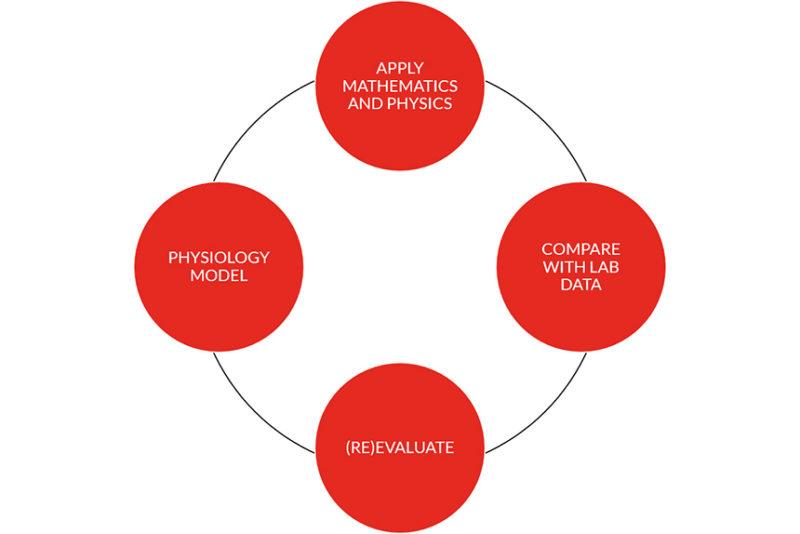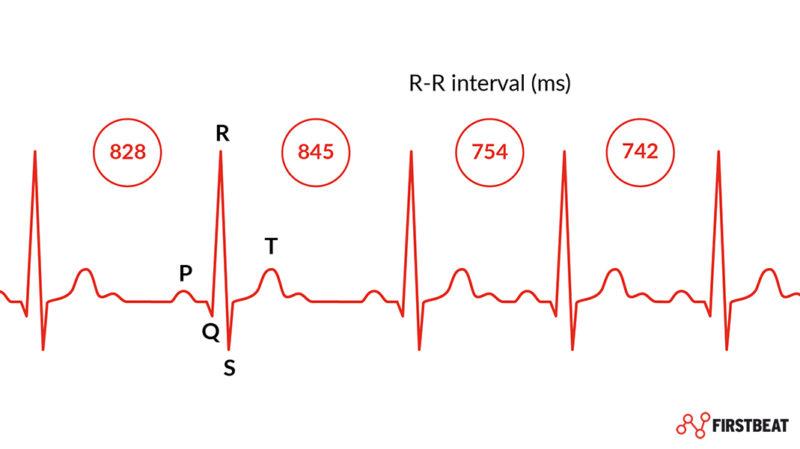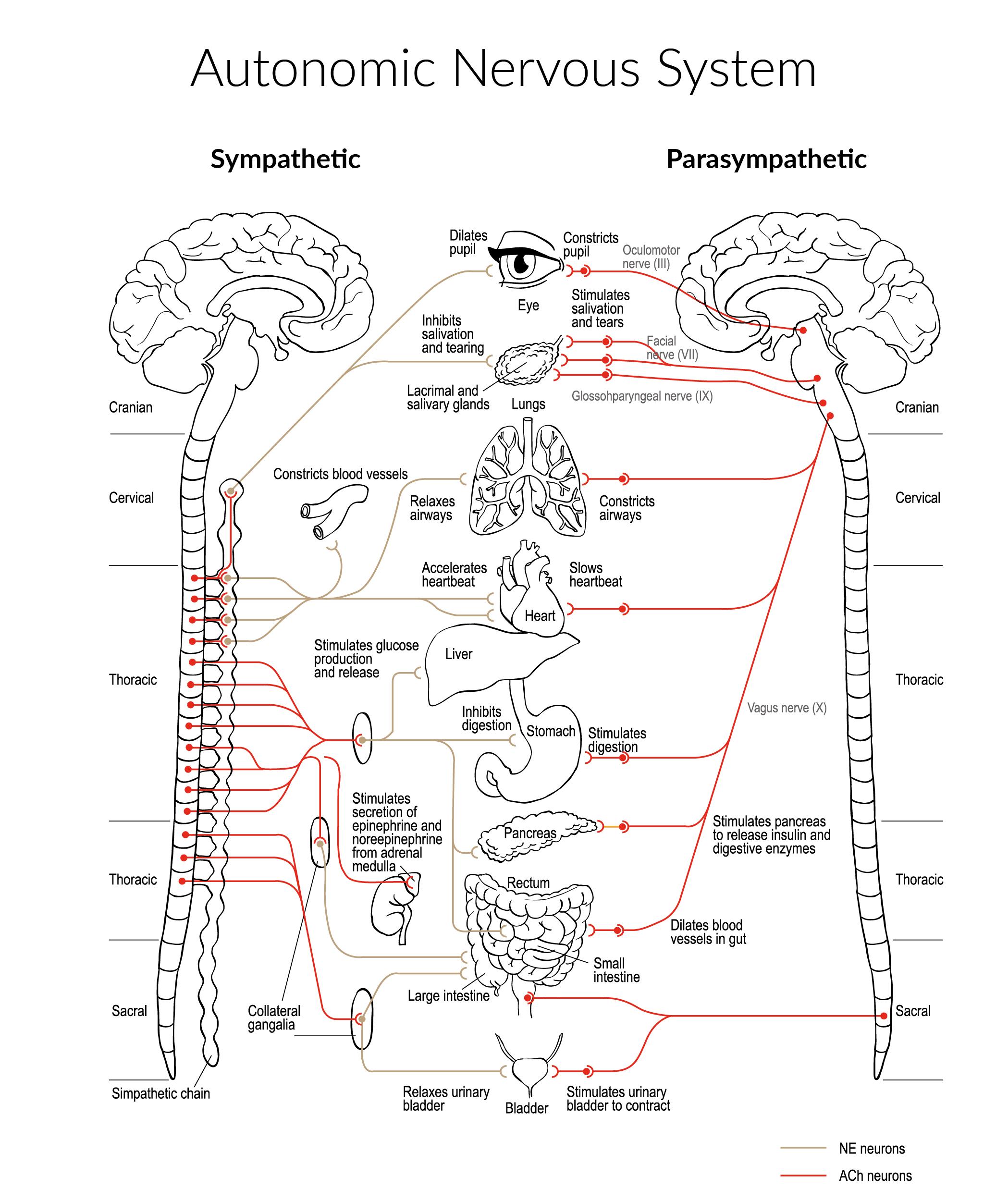
The following article is adapted from the presentation Advancing Physiological Analytics, given at CES2019 as part of the Wearable Tech Summit hosted by Living in Digital Times. You can watch the original presentation in its entirety, here.
At Firstbeat, we strive to help every individual reach their personal health and performance goals with science-backed confidence. We achieve this with the help of physiological analytics, and today we’re going to talk about physiological analytics and share some insight into the background work that goes into the development of these analytics.
We currently work with about 1,000 professional and elite sports teams around the world to help them improve their performance. That includes teams in the NFL, NHL, NBA, and soccer leagues across Europe. We also power more than 100 consumer products from top brands with our analytics, and we have also gained significant experience working with corporate wellness in the area of employee wellness checks.
Physiology at the Core of What Firstbeat Does
The core science behind Firstbeat analytics is physiology. In terms of humans, this means understanding the mechanisms that underlie a healthy human body, keeping it alive and functioning.
This is a picture is a diagram of the autonomic nervous system, which is comprised of the sympathetic and parasympathetic nervous system. As you can see, there’s a lot of information going back and forth between these systems that regulate our heart function, respiration, oxygen consumption, stress responses, sleep, digestion, recovery, and many different functions.
This picture illustrates how connected the human body is with the brain and everything else.
In the body, everything relates to everything. Because the heart is part of this picture and because its functioning is influenced by many different factors, we can examine heartbeat data to understand other things that are happening inside the body.
We use heart rate variability, and variations of it, as a window to understand the functioning of physiology itself. And by doing that, we create an image, a digital model of your physiology.
In other words, by analyzing beat-to-beat changes in your heart rate, we can determine what is happening in your physiology, how your autonomic nervous system, cardiorespiratory system, metabolic systems, and so on are working.
Once we know what is happening in your body, we can begin to provide feedback about what you can do to get better, how to improve your performance, and how to improve your health.
The first step is to perform the diagnostics necessary to see what is happening, and then we can provide advice about what you should do.
Firstbeat’s Continuous Development Cycle
The work that we have been doing for the past 20 years follows a consistent and recurrent pattern.

Everything we do starts with physiology, biology is a priori, then we apply mathematics, machine learning, different methods to create a model encompassing different physiological functions and phenomena.
Then we go to the lab to test it and see how it works, or in some cases how it doesn’t work. We evaluate whether what we have come up with is good enough for use in commercial products, professional use, and for coaching.
Then we go back to physiology, we refine our understanding of physiology and do further modeling.
This cycle of refinement is something that we have been doing continuously for almost 20 years, collecting information, learning how to map human physiology, and how to use physiology to make better products and better user experiences.
We have a substantial research background and continue to work with research institutes around the world. And, today, there are over 100 academic papers published in academic, peer reviewed journals on the use of these technologies and products.
Want to Learn More?
Watch the presentation in its entirety to discover examples of Firstbeat’s development cycle in action. There you will hear about wearable devices are transformed in to true fitness trackers with the inclusion of Firstbeat’s automatic VO2max detection analytics, and how HRV-based stress tracking analytics are validated using a variety of approaches.
(Video: Living in Digital Times Videos)
If you liked this article, you should subscribe to our mailing list
You might also be interested in



What Is Heart Rate Variability (HRV) & Why Does It Matter?
HRV from a practical perspective: what it is, what it can tell you about your body’s physiology, and what you should be aware of when interpreting it.

